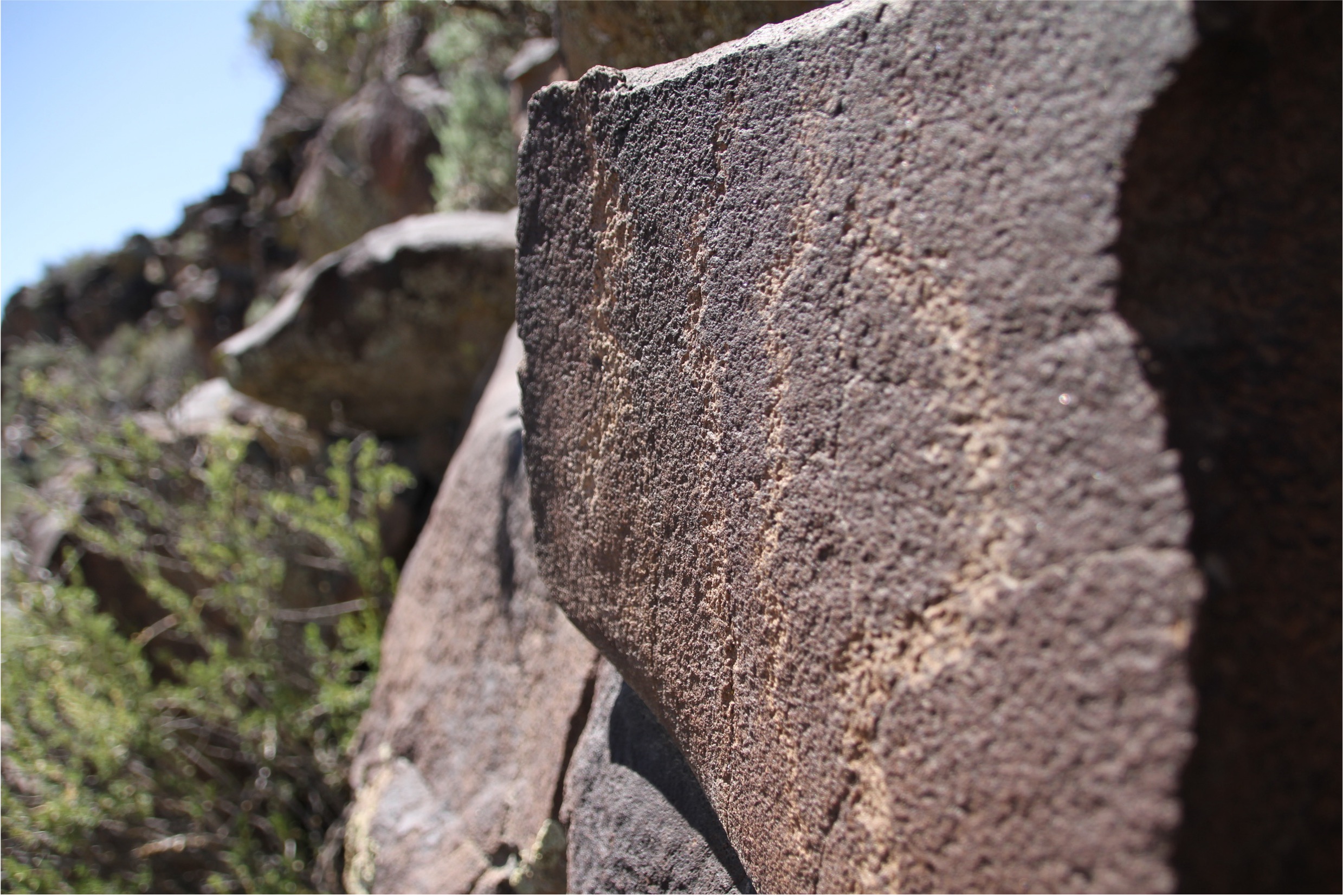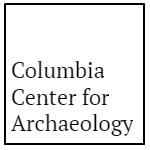november, 2025
21nov4:30 pm- 5:30 pmDr. Benjamin Alberti, "Image Predation (in Archaic Northern New Mexico)"

Event Details
Dr. Ben Alberti (Framingham State University) Image Predation: In Archaic Northern New Mexico November 21, 2025 4:30-5:30 pm (with reception to follow)
more
Event Details
Dr. Ben Alberti
(Framingham State University)
Image Predation:
In Archaic Northern New Mexico
November 21, 2025
4:30-5:30 pm (with reception to follow)
951 Schermerhorn Extension
Abstract
What the concept “image” is in archaeology affects what work images do. James Elkins has written that usage of “image” is so broad that any list of its meanings risks incoherence. Most often, the concept is not interrogated. But sometimes it is. In this talk, two issues are examined: how we think about the agency of images; and whether it matters where our concept of “image” comes from. Alfred Gell theorized images (artworks) as secondary agents, often operating as perceptual/cognitive traps. Sev Fowles and Darryl Wilkinson argue that images can be “captured” and repurposed in acts of domination. Among some Amerindian groups, the “soul” is the image of the living person able to capture or be captured. This is, perhaps, a stronger claim than Fowles or Wilkinson, as is W.J.T Mitchell’s, that images (pictures) want and need independently of their human authors.
My interest is not in theories of images, however, but in what can be said about the Archaic rock art of northern New Mexico. The art divides into two basic types, animal prints and abstract dots, lines, and squiggles. An image concept that works to understand why this is so must respond to what we know of the image setting, the coming together of human hunter-gatherers and non-human agencies. Traps, tracking, tools, movement, and forms of life inform image logics “then and there” and are fed by them. In addition to asking what images do (for us) or what they want (for themselves), a “predatory” image concept asks what labor it can do when agency is shifted away from things or people and towards the work done by the images themselves.
Time
(Friday) 4:30 pm - 5:30 pm
Location
Columbia University, 951 Schermerhorn Ext.


